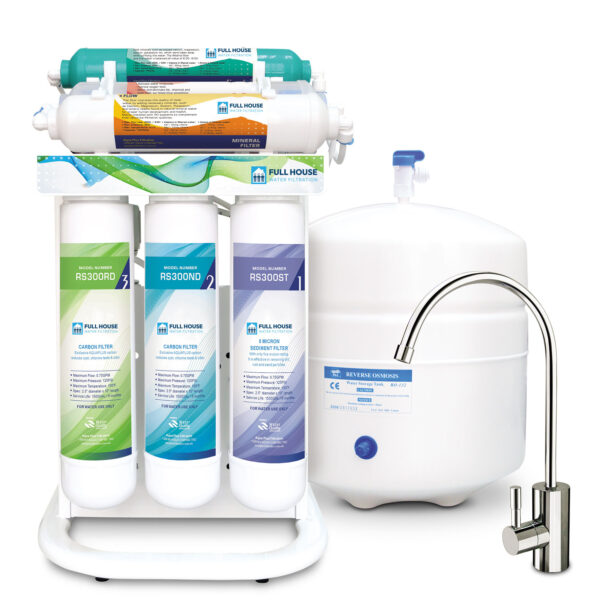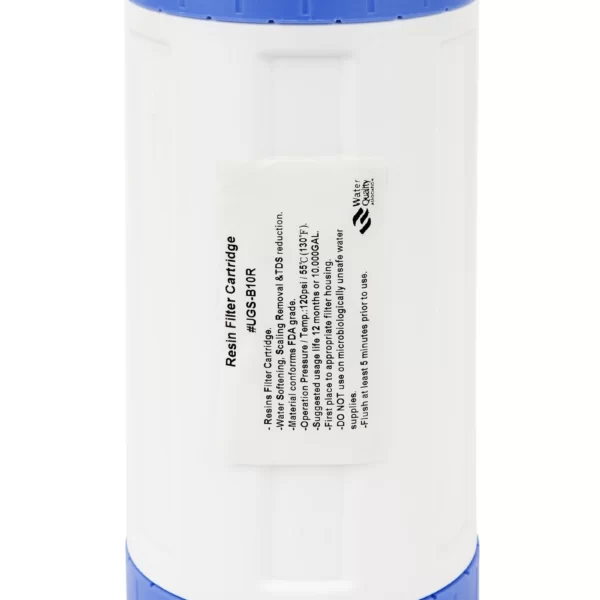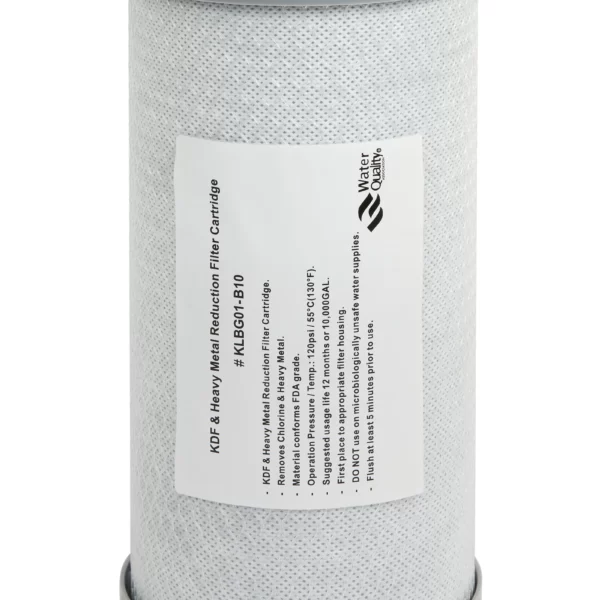Is Your Water Safe?
Play Video
PFAS, or per- and polyfluoroalkyl substances, are a large group of human-made chemicals used in various industrial and consumer products for their water- and grease-resistant properties. PFAS include thousands of chemicals, with PFOA (perfluorooctanoic acid) and PFOS (perfluorooctane sulfonate) being the most well-known and studied.
Key characteristics and concerns about PFAS include:
Persistence: PFAS are often called “forever chemicals” because they do not break down easily in the environment or in the human body. This persistence leads to long-term contamination and accumulation.
Health Risks: Exposure to PFAS has been linked to various health issues, including:
- Increased cholesterol levels
- Thyroid hormone disruption
- Liver damage
- Immune system effects
- Developmental effects in fetuses and infants
- Increased risk of certain cancers (e.g., kidney and testicular cancer)
Widespread Contamination: PFAS can be found in drinking water, soil, air, food, and various consumer products like non-stick cookware, water-resistant clothing, stain-resistant fabrics, firefighting foams, and food packaging.
Regulation and Removal: Due to their persistence and potential health risks, PFAS are increasingly being regulated by governments worldwide. Efforts are being made to reduce their use and to clean up contaminated sites. Effective methods for removing PFAS from drinking water include activated carbon filtration, reverse osmosis, and ion exchange resins.
Our Products
-
3 Stage 10″ Big Blue Whole House System
$2,750.00 – $3,300.00 inc. GST Select options This product has multiple variants. The options may be chosen on the product page -
7 Stage Reverse Osmosis Alkaline Filter System
$1,599.00 – $2,000.00 inc. GST Select options This product has multiple variants. The options may be chosen on the product page -
2 Stage 10″ Big Blue Whole House System
$599.00 inc. GST Add to cart -
Water Softener Filter Cartridge
$175.00 inc. GST — or$175.00Original price was: $175.00.$157.50Current price is: $157.50. inc. GST / year Add to cart -
KDF Heavy Metal Filter
$139.00 inc. GST — or$139.00Original price was: $139.00.$125.10Current price is: $125.10. inc. GST / year Add to cart -
10″ x 4.5 – 5 Micron Sediment Filter Cartridge
$49.95 inc. GST — or$49.95Original price was: $49.95.$44.96Current price is: $44.96. inc. GST every 6 months Add to cart






